Author: Andaleeb Rahman
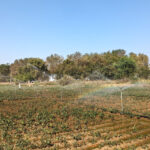
Building Climate-Resilient Agriculture with Community-Owned Solar Irrigation
The agricultural sector accounts for approximately 14% of India’s total greenhouse gas emissions, with 17.5% contributed by rice-based agricultural systems. Mitigation efforts have therefore prioritized two major themes: reducing the area under water-intensive paddy cultivation and lowering dependency on diesel…

Key Takeaways from a Workshop on Climate-Resilient Agriculture in Chhattisgarh
As climate change advances, India’s rice-and-wheat-heavy agricultural sector is at risk of weakened production because of temperature changes and more frequent extreme weather events, like droughts. In an effort to make Indian agriculture more climate-resilient, the Tata-Cornell Institute for Agriculture…
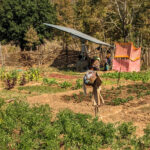
Diversifying Farming in Chhattisgarh: What We Know About Agriculture in the State
Rice is a cornerstone of Indian diets, where policies linked to the Green Revolution have helped it and wheat achieve dominance in cropping systems. But methane emissions from rice cultivation play a significant role in exacerbating climate change, and it…
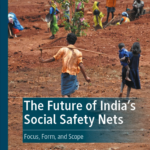
The Future of India’s Social Safety Nets: Focus, Form, and Scope
India’s rapid economic growth and wealth creation in the past three decades have been marred by its persistently high levels of poverty and child undernutrition, along with rising inequality. Social safety nets, for those left behind, have therefore gained in eminence as a redistributive mechanism....
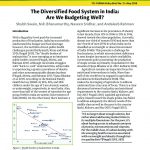
The Diversified Food System in India: Are We Budgeting Well?
TCI-TARINA Policy Brief No. 12, May 2018
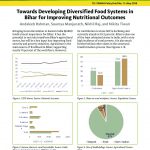
Towards Developing Diversified Food Systems in Bihar for Improving Nutritional Outcomes
TCI-TARINA Policy Brief No. 11, May 2018
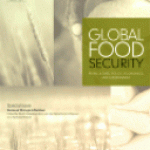
The Bumpy Road from Food to Nutrition Security – Slow Evolution of India’s Food Policy
Abstract Food Policy, in much of Asia, has been slow to transition from its historic focus on staple grain self-sufficiency to a more integrated approach to nutrition security. Research and policy discussions continue to focus on hunger and calorie deficiency rather than on the need for a balanced diets to address chronic micronutrient malnutrition...

Does Non-farm Income Affect Food Security? Evidence from India
Abstract Livelihood diversification through greater non-farm activities has been considered as an important mechanism to propel growth, lower rural poverty and augment farm income across developing countries. Little, however, is known about its implications for nutritional outcomes such as dietary diversity. Using a nationally representative...

India’s Rural Transformation and Rising Obesity Burden
Abstract While obesity across rural India has doubled in the last decade, research explaining such an unprecedented change is sparse. This paper shows that the rise in the incidence of rural obesity is associated with the process of structural transformation, especially within rural spaces. As...
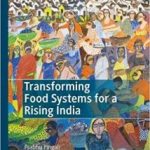
Transforming Food Systems for a Rising India
The Indian growth story is a paradoxical one. Despite economic progress over the past two decades, regional inequality, food insecurity, and malnutrition problems persist. Simultaneously, recent trends in obesity along with micro-nutrient deficiency portend to a future public health crisis. This book explores various challenges...

